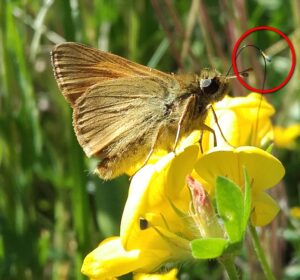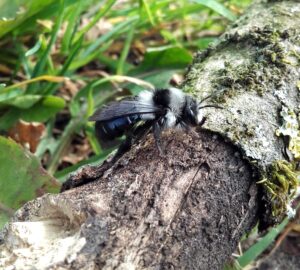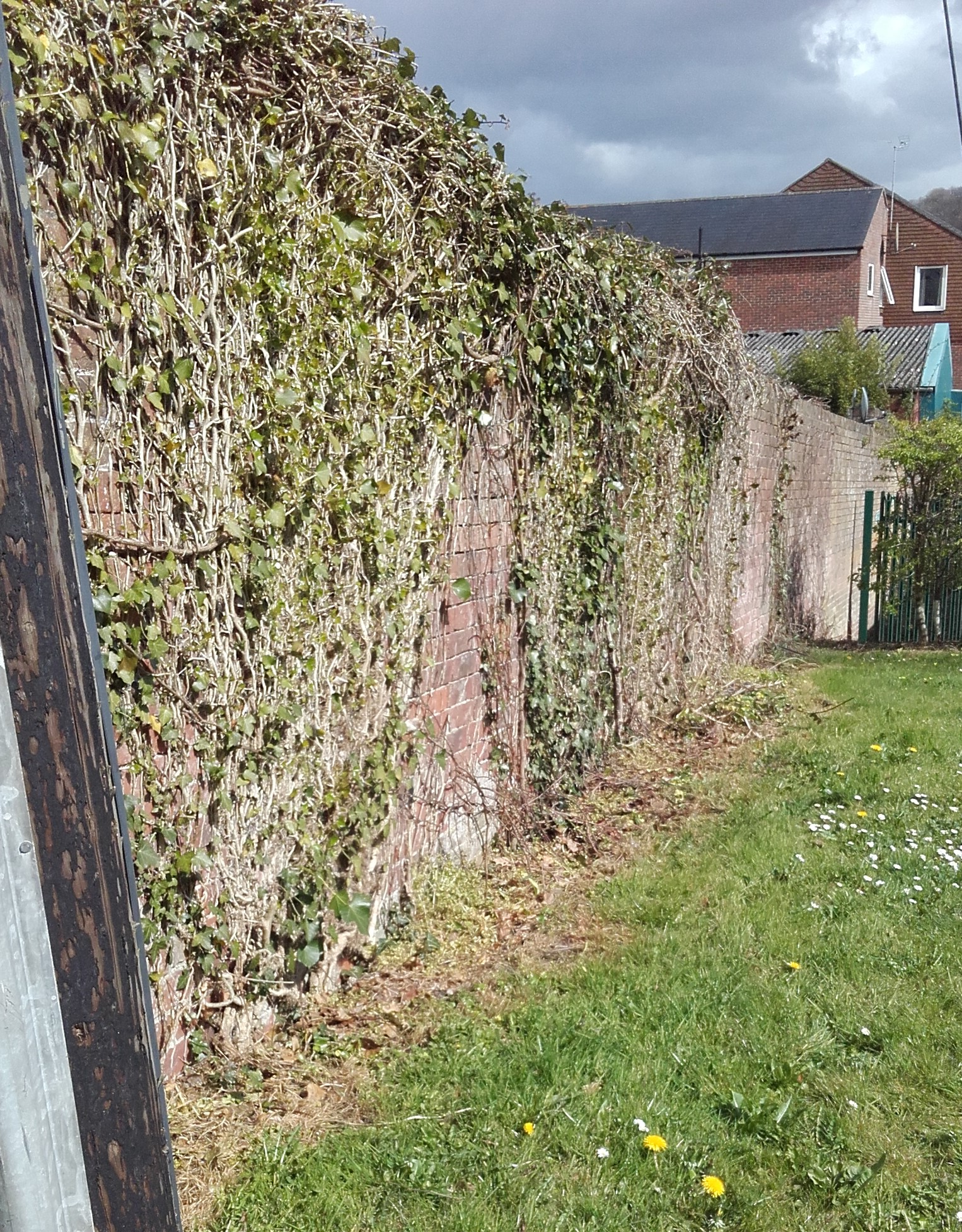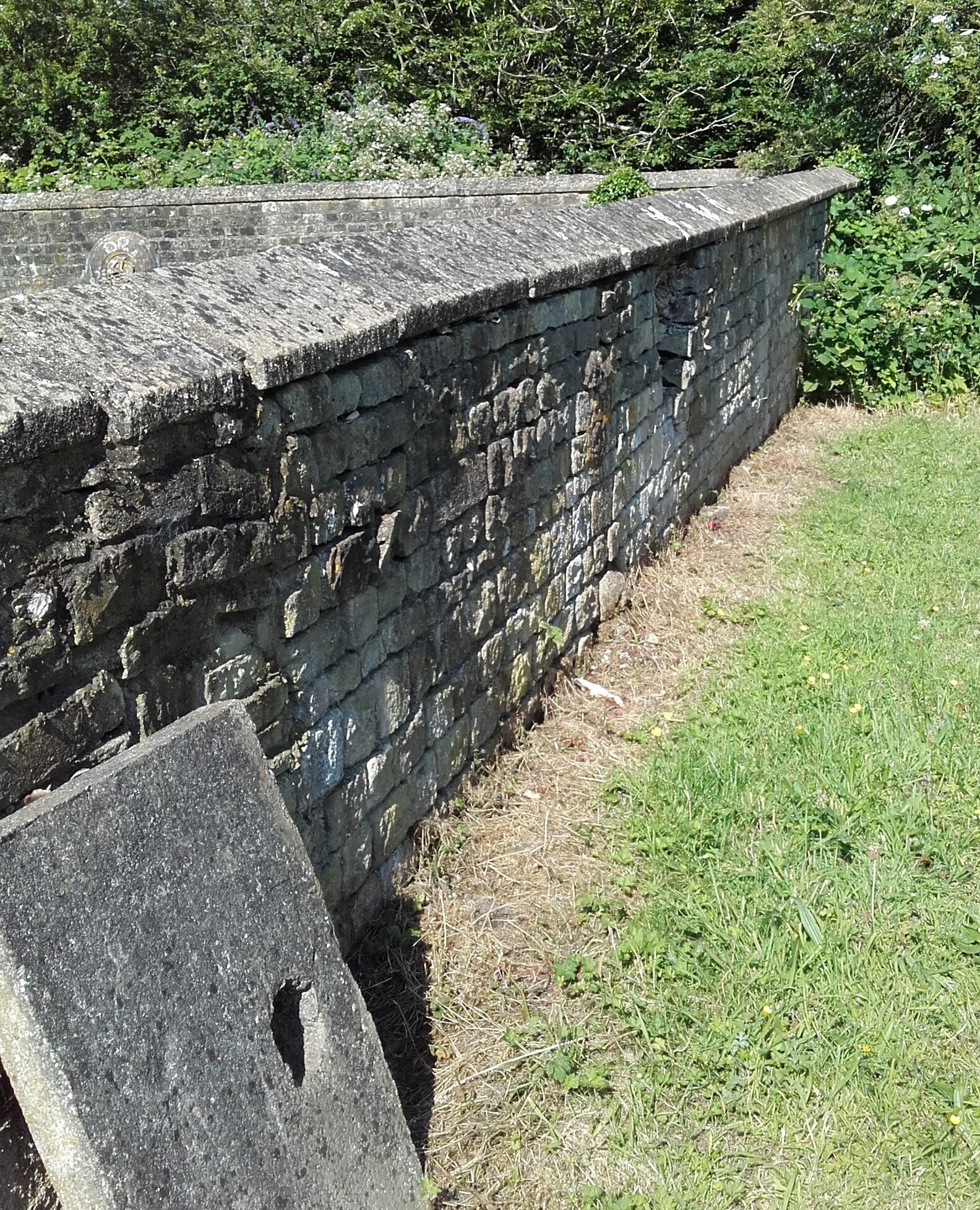Every year a week in July is designated Bees’ Needs Week. This event is coordinated by DEFRA (Department for Environment and Rural Affairs), working alongside charities, businesses, academic groups and conservation groups in order to raise awareness of bees and other pollinators.
It might seem an insignificant topic, but in reality it is not. A high proportion of the plant-based foodstuffs we depend on require the pollination services of the natural world, before they can ever turn up in some form or other at the Supermarket. Especially important are the services of insects and particularly of bees. We need therefore to start, or in some cases continue, to look after them.
Who are our pollinators? Well, Bumblebees, Honey Bees, and Solitary Bees for starters.
How do we look after them? Not poisoning them is a good start. Making sure there is a range of useful flowers through the year is important. Leaving them wilder places to nest is crucial too, though some species do prefer short grass or bare soil and others, natural cavity nesters, will happily book in at our Bee Hotels.
Other pollinators include Hoverflies, Wasps, Beetles and Moths. Basically, anything that goes from one flower to another messily can be an incidental pollinator – Alan Titchmarsh, for example – but the creatures which do this to greatest effect are the ones which need to collect pollen and nectar for food. The more untidily they collect and carry it the better. Many plants base their reproductive strategies around them.
Some of these are highly advanced. Butterfly-pollinated orchids will clamp pollen sacs onto the insect’s proboscis. Before visiting the Bird’s-foot Trefoil flower the Large Skipper (shown in the photo) was taking nectar from a Pyramidal Orchid on the Upton Scudamore main road verge. Look at the proboscis and you can see the trap was sprung. Clever stuff!

Mostly, though, we are talking about the millions of short journeys completed from flower to flower which facilitate fertilisation, without which most fruit and vegetables would not develop. Honey Bees are active at this throughout the year and their services have long been valued; hives are transportable and can be set up seasonally where needed. Bumble bees have a long season as they too are social bees with a succession of worker generations out there foraging.
Less-noticed Solitary bees make a large contribution, and although individual species may only be active for a couple of months each year, as a group they have a range of flying seasons from March through until the autumn. Grey-haired Mining Bees, for instance, are important pollinators of oilseed rape. The Tawny Mining Bee is a significant pollinator of fruit trees. That popular Hotel resident, the Red Mason Bee, is of economic importance for both. These leading players, along with special guests, walk-ons and extras, keep our world turning.

So how are we doing? Well, there’s bad news and good news. In previous years there have been signs of needless herbicide spraying around town – in a local churchyard, that green refuge from the pressures of modern life, and on the green areas just above the Civic Centre. Since this area especially is a nesting site for hundreds of spring bees and some of their nationally rare co-dependants, that’s a depressing own goal.
 |
 |
Glyphosate is so safe, the makers insist. It was in the news, with a quiet $11 billion out-of-court settlement for those exposed who developed cancer. It may have its uses but it’s not really appropriate for a little patch of Cuckoo Pint under a tree or a small wildlife-rich strip alongside a wall. It would be nice to believe that Civic pride no longer means ‘My town is more sterile than your town’.
Not too many months ago the major political parties were in a bidding war to see who could dream up the most farcical quantity of trees to be planted (and then neglected) if we voted them in. Tree-planting is not always the answer, and in the wrong places it could be destructive, but done with awareness and due regard for what is already there, it remains very important.
We mustn’t fall into the trap of sowing our wilder places with exotic seed mixes. On a small scale, little beats a sunny, sheltered corner gone a bit wild. Connectivity is important too – ‘islands’ of wildness take much longer to be populated and usually remain poorer. Designating particular areas for nature works well if those are suitable areas in the first place.
On the bright side, there is a stronger environmental ethic in the community and in Local Government these days, and some grass-strip and amenity areas under their remit have been much more sensitively managed. The Westbury Road verge comes to mind, both in town and at Upton Scudamore, where there is a sympathetic regime which allows for native flowering while preventing excess scrub taking over, but still maintains safe lines of sight for drivers.
This verge has lizards and orchids, and spotted last year was a nationally scarce Large Scabious Mining Bee, which is a handsome creature a little larger than a Honey Bee. That’s quite something! There are signs that we have the desire as a town to maintain that considered approach. Let’s hope we keep it up.
Those of us with gardens can make useful contributions too – the total area of gardens across the county is a significant chunk of Wiltshire. Many have found a more intimate relationship with the natural world in their gardens during this sinister yet sunny spring.
With the following five points DEFRA summarise what we can do, where practical, if we wish to help our pollinators. Some are more feasible than others for a small plot:
1. Grow more flowers, shrubs and trees that provide nectar for bees and other pollinators throughout the year. For example, Pussy Willow, Primroses and Crocuses in the spring, Lavenders, Catmint, Meadow Cranesbill and Ox-eye Daisies for the summer, Ivy and Hebes in Autumn, Mahonia shrubs and Cyclamen for the winter. (There is no shortage of advice about bee-friendly flowers these days)
2. Leave patches of land to grow wild with plants like Dandelions, and Stinging Nettles to provide other food sources (such as leaves for caterpillars) and breeding places for bugs and moths
3. Cut grass less often and ideally remove the cuttings to allow plants to flower.
4. Avoid disturbing, or destroying, nesting or hibernating insects in places like grass margins, bare soil, hedgerows, ivy, trees, dead wood and walls
5. Think carefully about whether to use pesticides, especially where pollinators are active or where plants are in flower. (And then don’t). Consider control methods appropriate to your situation and only use pesticides if absolutely necessary. Increasingly people choose to avoid chemicals and adopt methods like physically removing pests or using barriers to deter them. If you still choose to use a pesticide, always follow the label instructions.
Steve Smailes
